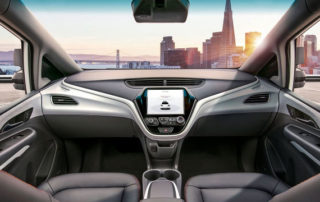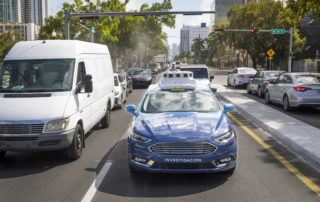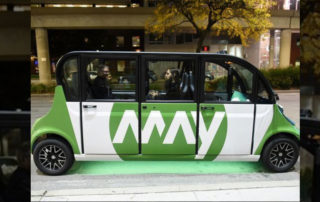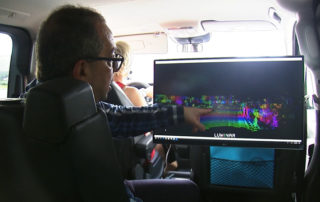Governor Signs Autonomous Friendly Bill
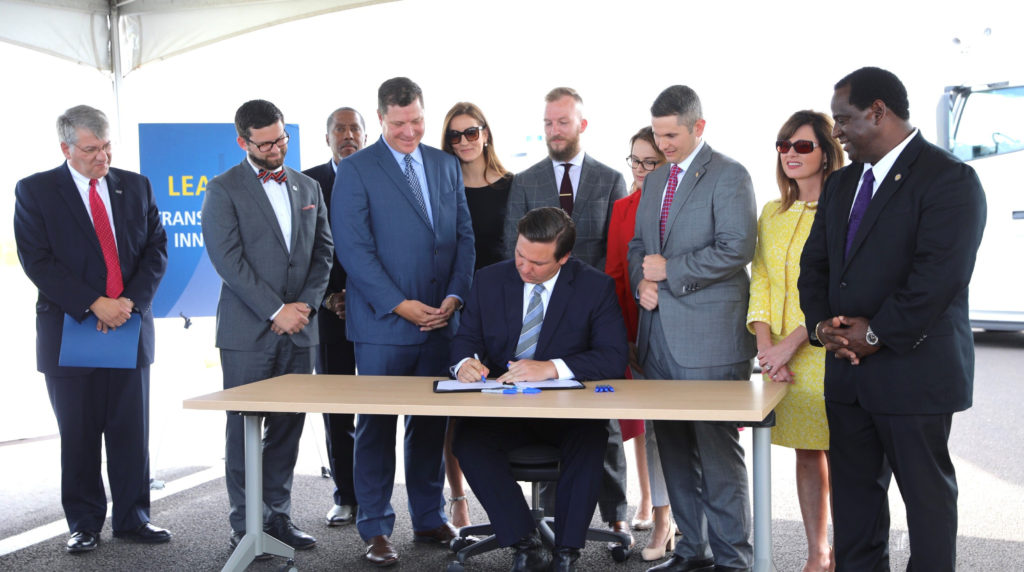
Governor Ron DeSantis signs the country’s most autonomous friendly law as State Senator Jeff Brandes and State Representative Jason Fischer look on.
Florida Poly gets first National Science Grant
Florida Politics, March 8
Florida Polytechnic University received its first National Science Grant for research on cyber-physical systems. This grant has the potential to help autonomous vehicles better plan commutes based on environmental conditions.
Orlando could see driverless buses, more gardens in green future
Orlando Sentinel, March 7, 2018
Self-driving electric buses, expanded urban gardens and low-cost car-sharing programs could all be on the horizon in Orlando.
Autonomous Vehicles Are Just Around the Corner
The Economist, March 1, 2018
Every day around 10m people take an Uber. The company has made ride-hailing commonplace in more than 600 cities in 82 countries. But the Volvo XC90 picking its way through traffic on a wintry morning in Pittsburgh is no ordinary Uber.
Ford is Bringing its Self-Driving Cars to Miami
The Verge, February 27, 2018
Ford is bringing its fleet of self-driving cars to the neon-splashed streets of Miami to test out its future commercial plans for robot cars, which include ride-hailing and deliveries, the automaker announced today.
Autonomous Vehicle on Display Tuesday in Downtown Tampa
WFTS ABC Action News Tampa, February 27, 2018
The future was scheduled for January of 2018. But the future was delayed. Hillsborough Area Regional Transit Authority (HART) promised that downtown Tampa would have a self-driving, autonomous shuttle operating full-time by the weekend of the NHL All-Star Game in January. It didn’t happen. But there will be an autonomous shuttle for one day.
Central Florida Tech Company Driving Major Change in Way Self-Driving Cars ‘See’
WOFL FOX 35, February 21, 2018
Self-driving cars have to ‘see’ everything around them, to safely navigate our streets. Autonomous vehicles are given this “sight” using Light Detection and Ranging devices also known as ‘L.I.D.A.R.’ It works like RADAR, but rather than sending out radio waves, LIDAR uses laser light. The systems sent out laser beams and measure how long it takes them to bounce back.

